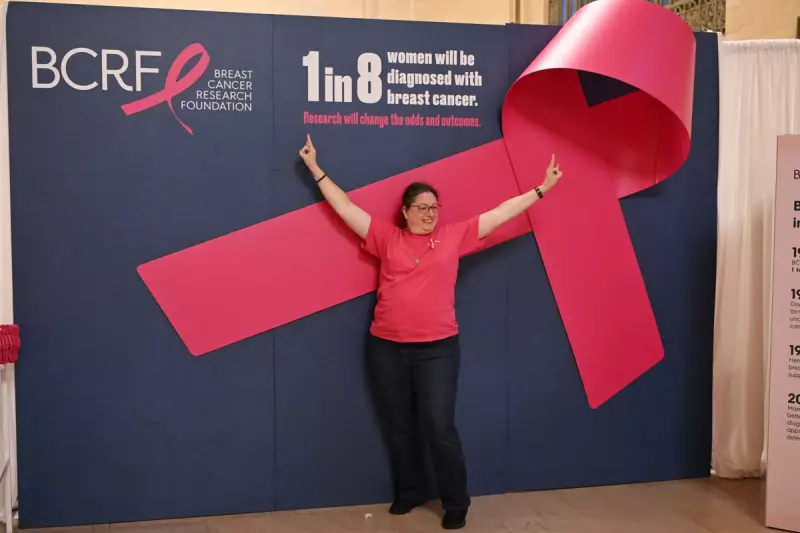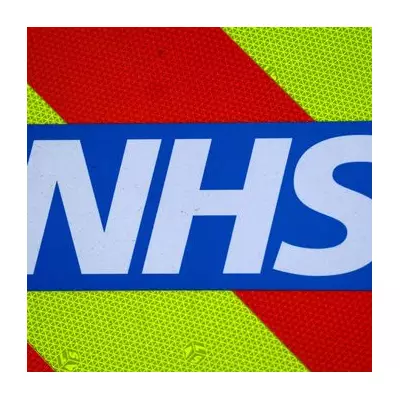
While most women know to check for lumps, leading cancer experts are warning that other subtle changes could be the first indication of breast cancer. Early detection remains crucial for successful treatment, yet many potentially life-saving symptoms are being overlooked.
The Critical Signs You Might Be Missing
According to Cancer Research UK and NHS guidance, there are eight key symptoms that warrant immediate medical attention. Being vigilant about these changes could make all the difference in your cancer journey.
1. Unusual Texture Changes
Pay close attention to any thickening or hardening of breast tissue. Some women describe it as feeling like an orange peel texture on the skin surface. This change, known as peau d'orange, can indicate underlying inflammation.
2. Nipple Abnormalities
Be alert to any sudden inversion or retraction of the nipple, especially if this is a new development. Similarly, any rash, crusting, or unusual discharge from the nipple should be investigated promptly.
3. Persistent Pain
While breast pain is common and often harmless, persistent discomfort in one specific area that doesn't align with your menstrual cycle should be discussed with your GP.
4. Visible Skin Changes
Look for any unexplained redness, darkening, or dimpling of the breast skin. These visual changes can sometimes be more telling than what you feel beneath the surface.
5. Swelling and Shape Alterations
Notice any unexplained swelling in part or all of your breast, even if no distinct lump is present. Changes in breast contour or sudden asymmetry should also raise concern.
6. Armpit Awareness
Don't forget to check the armpit area during self-examinations. Swelling or lumps in the armpit can indicate lymph node involvement.
Why Early Detection Matters More Than Ever
With breast cancer affecting approximately 55,000 women in the UK each year, understanding these subtle signs has never been more important. The survival rate for breast cancer detected at the earliest stage is significantly higher than when discovered later.
"We need to move beyond the lump-only mentality," explains Dr. Kotryna Temcinaite of Breast Cancer Now. "Many women are surprised to learn that breast cancer can present in ways that don't involve a distinct lump. Being aware of all potential symptoms ensures earlier diagnosis and better outcomes."
When to Take Action
Medical professionals emphasize that noticing one of these symptoms doesn't automatically mean cancer is present. However, any persistent change lasting more than two weeks should be evaluated by a healthcare provider.
The NHS breast screening programme invites women aged 50-70 for routine mammograms every three years, but understanding your own body and reporting changes between screenings is equally vital.
Remember: it's always better to be cautious and get symptoms checked, even if they turn out to be harmless. Your vigilance could save your life.





